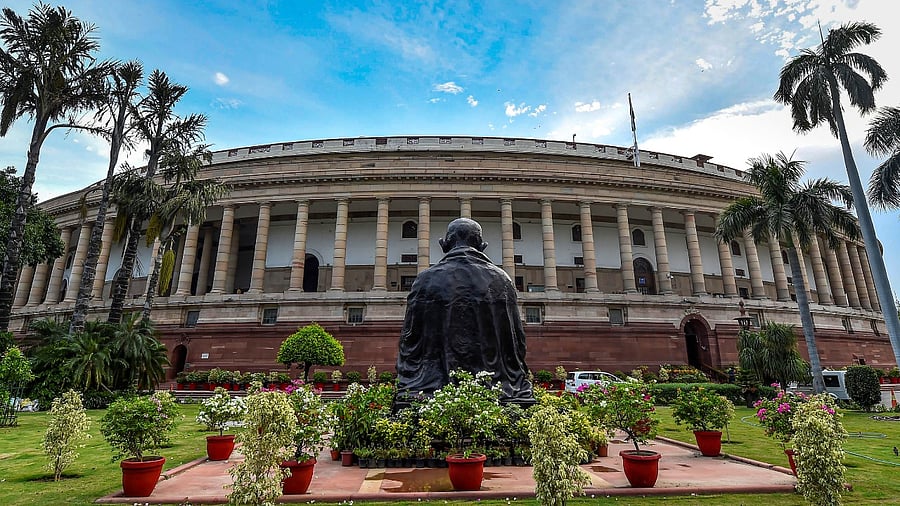
For almost a century, the present Indian Parliament was the seat of the world’s largest democracy. The iconic building, designed by British architects Sir Edwin Lutyens and Herbert Baker, sat at the heart of the central vista witnessing not just the struggle for independence and the subsequent transfer of power from the Britishers to the natives but also the rise of the newly-born India.
It has a circular shape with its design being a perfect mix of colonial and Indian architecture.
Now it is set to be replaced with a new parliament building, the inauguration of which is scheduled for May 28. But, what will happen to the existing Parliament once the new one is inaugurated?
Well, there is no clear answer to this question. In March 2021, the then Union Housing and Urban Affairs Minister Hardeep Singh Puri had told the Rajya Sabha the existing structure would have to be repaired and made available for alternative use, after the completion of the new Parliament building.
However, he added that no comprehensive thought had been given to what use it should be put to.
There are some theories about what could happen to the old building.
To ensure that it is utilised alongside the newly-constructed building, it will be retrofitted to provide more usable rooms for legislative events.
At the same time, the national archives will be shifted to the building of the new Parliament for heritage-sensitive restoration and refurbishment for future use. This will further help the existing Parliament building with more space. The National Museum, National Archives of India, and Indira Gandhi National Centre for the Arts (IGNCA) currently hold all paintings, sculptures, manuscripts, collections, and other significant heritage and cultural objects.
Media reports have also suggested that a part of the present building could be converted into a museum.
Why is it triangular in shape?
The circular shape of the existing Parliament building is said to have been inspired by the Chausath Yogini temple in Morena of Madhya Pradesh. However, there is no historical proof of this.
The new building will don an extremely distinct look from the previous one as it has been laid out in a triangular shape. Speaking about the decision to design the building in this shape, the architect of the new Parliament, Bimal Patel told PTI, "The new Parliament building is designed in a triangular shape since it sits on a triangular plot and has three main spaces -- Lok Sabha, Rajya Sabha and a Central Lounge.”
“Also, triangles are sacred geometries in various religions and cultures of the country,” he added.
Central Vista’s website says the shape ensures optimum space utilisation for the new building.
